
These programmes benefit more than 15 million people who are living with HIV/AIDS. This allowed for the production of low-cost, generic versions of medicines that were patented in other countries. Generic drugs have the same active ingredients as the brand-name drugs, ensuring the same therapeutic benefits. However, the inactive ingredients (such as fillers, colorants, or preservatives) may vary, but they do not affect the drug’s performance.
Lack of awareness
Generic medicines can only be produced after the patent on the brand-name drug has expired. This allows multiple manufacturers to create the same medicine, increasing competition and driving prices down. Generic drugs are tested rigorously to ensure they meet the same safety and efficacy standards as brand-name drugs. FDA (Food and Drug Administration) or India’s CDSCO (Central Drugs Standard Control Organization) ensure that generic drugs adhere to strict guidelines before they are approved for public use. A landmark moment in India’s pharmaceutical history came with the Indian Patents Act of 1970.
The Role of Generic Medicines in India’s Healthcare System
The journey of generic medicines in India has been pivotal in transforming the country’s healthcare landscape. From early efforts to make essential medicines affordable to becoming one of the world’s largest producers of generics, India’s generic pharmaceutical industry has a rich history. Here’s a look at the key milestones in the development of generic medicines in India. The Vice President asked Pharma companies to go above and beyond their CSR mandates to provide life saving and other essential drugs to those who cannot afford them. He said that it was essential for a country like India to provide healthcare and medicines at affordable prices. In developing countries, India is rendering yeoman service by providing access to life saving medicines at affordable prices, he added.
What is the focus of Medkart Pharmacy?
Our support team works tirelessly to assist patients and healthcare providers with their medication requirements. In 2005, India adopted a strict medicines patent law that, while allowing patent protection for new pharmaceutical compounds, makes it tougher to get a patent on new forms of existing medicines. Governments of developing countries have also initiated HIV treatment programmes using generically produced medicines from India.
How do generic medicines support government healthcare initiatives in India?
The recombinant Hepatitis B vaccine is an excellent example of one of India’s low-cost medicines. Large multinational pharmaceutical companies held a complete monopoly on the vaccine and ensured that the price of the drug was high. At $23 per dose, a manufacturer in India saw an unmet need and, in the absence of patent barriers, developed a Hepatitis B vaccine to reduce the price of the drug to less than $1 per dose. Today, India is a main supplier of vaccines to UNICEF and to the Ministries of Health in numerous countries. With an objective of making quality generic medicines available at affordable prices to all, Pradhan Mantri Bhartiya Janaushadhi Pariyojana (PMBJP) was launched by the Department of Pharmaceuticals, Ministry of Chemicals & Fertilizers in the year 2008.
Indian Economy News
ConclusionIn conclusion, the PMBJP scheme has been instrumental in making quality generic medicines available and affordable to all sections of society, especially the economically weaker sections in India. The scheme has been successful in increasing the accessibility of medicines to the masses and has helped in reducing healthcare costs for individuals and the government. However, there are still challenges that need to be addressed, such as ensuring the availability and accessibility of medicines in remote areas. The potential of the PMBJP to expand and cover more medicines and medical devices is promising, and it can play a crucial role in achieving the goal of universal health coverage in India. AbstractThis article provides an overview of the Pradhan Mantri Bhartiya Janaushadhi Pariyojana (PMBJP) scheme in India. The PMBJP scheme aims to make quality generic medicines available and affordable to all sections of society, especially the economically weaker sections.
How are generic medicines different from branded medicines?
Many patients are unaware that generic medicines contain the same active ingredients as branded drugs and are equally effective. Most people worry about the quality and effectiveness of generic medicines because generic drugs are not as costly as compared to branded drugs. But the quality of the generic drugs is never compromised.These are cost-effective only as research and development, and drug discovery costs are not involved in the case of generic drugs.
Where can I buy generic medicines in India?
The Vice President of India, Shri M. Venkaiah Naidu has called up on the pharmaceutical industry to work towards making India an International Capital of Generic Medicines. With years of experience and partnerships across the pharmaceutical industry, we guarantee timely and secure delivery. We provide a wide range of specialty drugs, from anti-viral treatments to nephrology drugs, addressing complex medical needs.
How are generic medicines different from branded medicines?
- The fixation of ceiling prices on medicines has resulted in a total saving of USD 392 million since May 2014.
- The government and the Pharma sector in unison have managed to effectively harness the power of Information technology to improve efficiency.
- We provide a wide range of specialty drugs, from anti-viral treatments to nephrology drugs, addressing complex medical needs.
- New molecules and new drugs will have to be discovered and treatment protocols will have to be continuously upgraded and updated.
- Generic drugs export has been growing at a very impressive rate of around 24% per year for the last four years.
- Government agencies, pharmaceutical companies, and healthcare professionals should launch awareness campaigns to educate the public about the benefits of generic medicines.
By offering low-cost, high-quality alternatives to branded drugs, generic medicines help reduce healthcare costs and improve access to treatments, supporting the government’s broader goal of universal healthcare. India is one of the world’s largest producers of generic drugs, with Indian pharmaceutical companies supplying over 50% of global demand for various vaccines and 40% of the generic drugs used in the United States. The Indian government has taken several initiatives to promote the use of generic medicines domestically, including the Pradhan Mantri Jan Aushadhi Yojana (PMJAY), which provides quality generic medicines at affordable prices. India’s generic medicines are not only essential for its own population but also play a critical role in global healthcare. The country’s pharmaceutical sector has become a reliable source of affordable medicines for developed and developing countries alike. The history of generic medicines in India reflects the country’s commitment to ensuring affordable and accessible healthcare.
Are generic medicines safe and effective?
This uncompromising stand has been demonstrated through the granting of compulsory licence in 2012 to an Indian manufacturer to produce a cancer drug, the patent for which was held by the German company Bayer. Bayer’s pricing had made the drug unaffordable to poor cancer patients in India, Africa and elsewhere. Presently over 80 per cent of the antiretroviral drugs used globally to combat AIDS are supplied by Indian pharmaceutical firms. The Mantras in these ancient texts contain a wealth of information regarding herbs, metals, medicines, diseases and treatments. They speak of the astounding properties and powers that herbs and plants possess to cure diseases.
India prevents ‘evergreening’ and makes affordable generics possible.
Regarding non-communicable diseases (NCDs), he outlined considerable progress in the National Programme for Prevention and Control of Cancer, Diabetes, Cardiovascular Diseases, and Stroke. The government provides free or highly subsidised treatment for NCDs at public hospitals, with major diseases covered under the Ayushman Bharat Pradhan Mantri Jan Arogya Yojana (AB PMJAY). The scheme, benefiting approximately 55 crore people, offers US$ 5,886 (Rs. 5 lakh) annual health cover for secondary and tertiary hospitalisation. Additionally, the scheme has extended coverage to senior citizens aged 70 and above. As of November 30, 2024, 218 AMRIT pharmacies operate across 29 states and Union Territories, offering discounted medicines and surgical items.
What healthcare information does Medkart Pharmacy provide?
- Rural health programmes, lifesaving drugs and preventive vaccines should also receive attention from policy makers and Pharma companies alike.
- In 2005, India adopted a strict medicines patent law that, while allowing patent protection for new pharmaceutical compounds, makes it tougher to get a patent on new forms of existing medicines.
- This allowed for the production of low-cost, generic versions of medicines that were patented in other countries.
- Today, India is one of the world’s largest producers and exporters of generic medicines, accounting for about 20% of the global supply.
- Moreover, it is easier to get generic medicines directly from online pharmacy 24/7 or in a nearby chemist shop.
Additionally, healthcare professionals should be trained on the efficacy of generics to shift prescribing practices. Once a drug patent expires, multiple pharmaceutical companies can produce and sell the generic version, leading to increased competition and lower prices for consumers. Providing essential drugs and medicines at cost-effective prices is the key focus of Department of Pharmaceuticals, Ministry of Chemicals and Fertilizers. Under free drug initiatve of National Health Mission (NHM), support is provided for provision of essential generic drugs free of cost in public health facilities. Indiangenericprice ensures that all our medications are obtained from certified manufacturers, meeting strict global safety and efficacy guidelines. We aim to make advanced medications affordable and accessible for patients everywhere.
Pradhan Mantri Bhartiya Janaushadhi Pariyojana (PMBJP)
There is immense scope for technology, innovation and research in pharmaceuticals. Generic drugs export has been growing at a very impressive rate of around 24% per year for the last four years. Our extensive catalog includes specialized drugs that cater to serious conditions such as HIV, Hepatitis, Cancer, and more. We deliver medications worldwide, ensuring that patients from all corners of the globe receive the care they need.
- As of July 2024, ~13,113 Pradhan Mantri Bhartiya Janaushadhi Pariyojana Kendras were operational in India.
- By offering low-cost, high-quality alternatives to branded drugs, generic medicines help reduce healthcare costs and improve access to treatments, supporting the government’s broader goal of universal healthcare.
- The country’s pharmaceutical sector has become a reliable source of affordable medicines for developed and developing countries alike.
- Healthcare is the fifth-largest employer among all sectors, both in terms of direct and indirect employment.
- This can confuse consumers, and in some cases, patients may not experience the cost savings they expect.
- Yet, the country’s marginalised populations have limited access to medicines as branded medicines are sold at significantly higher prices than their unbranded generic equivalents, despite being identical in the therapeutic value.
As of December 2023, the government has already established 10,006, with 206 medicines and 13 surgical equipment have been newly added this year in Jan Aushadhi stores in the country. Generic medicines play a crucial role in making healthcare more affordable and accessible. They help reduce overall healthcare costs, promote health equity, and support government initiatives like the Pradhan Mantri Jan Aushadhi Yojana (PMJAY). Yes, generic medicines are required to meet the same safety, quality, and efficacy standards as branded medicines. They must be approved by regulatory authorities like the Central Drugs Standard Control Organization (CDSCO) in India. The availability of generic drugs fosters competition among pharmaceutical companies, which drives innovation and encourages more affordable pricing across the board.
Quality Assurance
The government and the Pharma sector in unison have managed to effectively harness the power of Information technology to improve efficiency. The Supreme Court of India also upheld the 2006 decision of the Indian patent office that refused a patent for a mere incremental innovation to a Swiss Pharma major. India already has the second highest number of US FDA approved facilities and labour costs in Indian are significantly lower than other manufacturing hubs.
Indian pharmaceutical companies started exporting generic drugs to developing countries that were grappling with the high cost of healthcare. The country earned the title of the “pharmacy of the developing world”, providing essential medicines at low prices to countries in Africa, Asia, and Latin America. In recent years, generic medicines in India have emerged as a powerful tool in making healthcare more affordable and accessible to millions of people. With rising healthcare costs, the availability of generic drugs has provided relief to patients by offering low-cost alternatives without compromising on quality. This article explores the significance of generic medicines in India, their role in the healthcare system, and why they are key to reducing out-of-pocket expenditure on healthcare. Pradhan Mantri Bhartiya Janaushadhi Pariyojana (PMBJP) is a campaign launched by the Department of Pharmaceuticals to provide quality medicines at affordable prices to the masses.

It can depend on the clinical data presented by the innovator’s company for the safety profile of the medicine. By offering affordable and accessible healthcare options, generic medicines play a critical role in lowering healthcare costs while ensuring high standards of safety and effectiveness. This law fostered the growth of a strong domestic pharmaceutical industry focused on producing affordable generic drugs. It enabled Indian companies to manufacture medicines at much lower costs, without infringing on patents held by multinational corporations. Before the 1970s, India’s pharmaceutical market was dominated by multinational corporations, which produced and sold branded medicines at high prices. The Indian pharmaceutical industry was relatively underdeveloped, and most medicines, especially life-saving ones, were imported, making them inaccessible to a large part of the population due to high costs.
Many rural pharmacies may not stock a wide range of generics due to logistical challenges or low demand, leading patients to rely on more expensive branded alternatives. While generic medicines have played a transformative role in improving healthcare accessibility and affordability, they also face several challenges in India. These issues stem from quality control, regulatory oversight, and consumer perception, sofosbuvir price in vietnam all of which can hinder the widespread acceptance and effectiveness of generics in the country. Today, India is one of the world’s largest producers and exporters of generic medicines, accounting for about 20% of the global supply. Indian pharmaceutical companies manufacture a wide range of generic drugs, including antibiotics, antivirals, and medicines for chronic diseases like diabetes and hypertension.
There is still a large section of the population which finds it difficult to afford these high-priced medicines. According to World Health Organization estimates (2008), 65% of India‟s population does not have access to modern health care. Since 80% of out-patient care and 60% of in-hospital care occurs at private hospitals in India, households are exposed to a private-sector market to buy drugs (Public Health Foundation of India, 2012). According to NSO estimates, upto 79% of health care expenses in rural areas are due to the cost of medicines. Though the government has encouraged the prescription of generic medicines, many doctors in India still prefer prescribing branded drugs due to established relationships with pharmaceutical companies or doubts about the quality of generics. While the Pradhan Mantri Jan Aushadhi Yojana (PMJAY) has promoted the use of generic medicines, there is still a lack of awareness about the benefits of generics among the general public and even some healthcare professionals.
Yes, Medkart Pharmacy offers a diverse range of over-the-counter products to meet common health needs. We at Medkart Pharmacy dream of making sure that everyone is truly aware of Generic Medicines. You can also buy essential medical products, branded or generic medicines online from medkart official website. Increasing the number of Jan Aushadhi Kendras across India, especially in rural areas, can ensure the availability of generic medicines to even the most underserved populations. As India continues to address its healthcare challenges, the role of generic medicines will remain vital in ensuring that all individuals have access to the medications they need for maintaining good health. Despite these changes, Indian pharmaceutical companies continued to thrive by focusing on producing generics for medicines whose patents had expired and exporting them worldwide.
Generic medicines are much cheaper because they do not involve the initial research and marketing costs of branded medicines. However, they are bioequivalent to branded drugs and are just as safe and effective. While generics are generally cheaper than branded drugs, there can be variability in the pricing of generic medicines across different regions and pharmacies. This can confuse consumers, and in some cases, patients may not experience the cost savings they expect. During the 1980s, Indian pharmaceutical companies like Cipla, Ranbaxy, Dr. Reddy’s, and Sun Pharma started gaining momentum by producing high-quality generic medicines. These companies began to challenge the dominance of global pharmaceutical giants by offering the same medicines at significantly reduced prices.
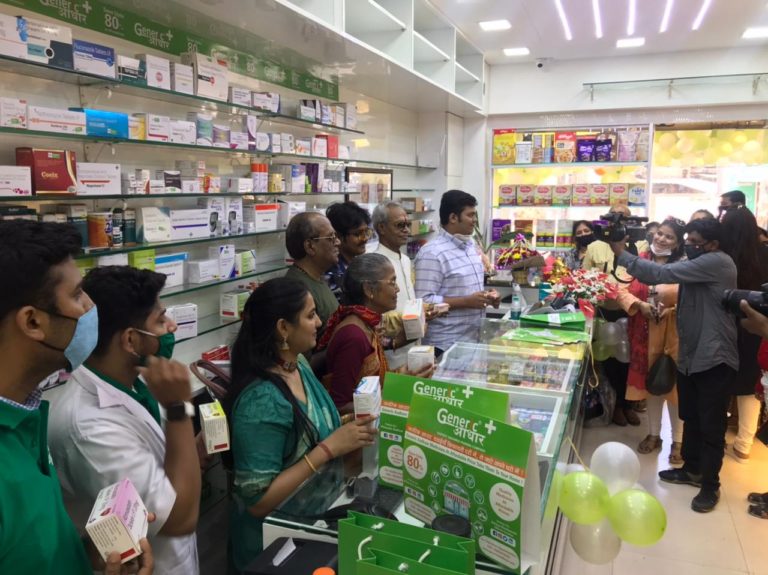
In order to ensure quality of the products, PMBI procures medicines only from World Health Organization – Good Manufacturing Practices (WHO-GMP) certified suppliers. Apart from this, each batch of drug is tested at laboratories accredited by ‘National Accreditation Board for Testing and Calibration Laboratories (NABL). Only after passing the quality tests, the medicines are dispatched to PMBJP Kendras. The government has also launched a mobile application ‘Janaushadhi Sugam’ that provides information to public about location of kendras, help them search Janaushadhi medicines and compare the maximum retail price of Generic vs. Branded medicines, etc.
Thus, access to low-priced generic drugs is very critical in ensuring health care at affordable prices. Generic medicines are drugs that contain the same active ingredients as branded medicines, but are sold under their chemical name. They are equivalent in dosage, safety, strength, quality, and intended use, offering the same therapeutic benefits at a much lower cost. Continued focus on strict regulatory standards is essential to ensure that all generic medicines meet the required quality and safety benchmarks. Generic drugs in India must meet strict quality standards set by the Central Drugs Standard Control Organization (CDSCO). Generic medicines are widely available and are often produced by multiple manufacturers once the patent for the original drug expires.
Further, Clause 1.5 of Indian Medical Council (Professional Conduct, Etiquette and Ethics) Regulations, 2002 prescribes that every physcian should prescribe drugs with generic names legibly and preferably in capital letters. Additionally, the erstwhile Medical Council of India (MCI) had issued Circulars vide which all the Registered Medical Practitioners have been directed to comply with the aforesaid provisions. You can trust Indiangenericprice for reliable access to specialized medications that are affordable and delivered worldwide.
The scheme is being implemented by the Pradhan Mantri Bhartiya Janaushadhi Pariyojana (BPPI), under the administrative control of the Department of Pharmaceuticals and the Ministry of Chemicals and Fertilisers. As of FY23, it covers 1,759 medicines and 280 surgical & consumables in all key therapeutic categories such as anti-infective, anti-allergic, anti-diabetics, cardiovascular, anti-cancers, and gastrointestinal medicines. India should also enter into international partnerships and agreements in the pharmaceutical sector so that we learn from the best and adopt the best protocols and practices.

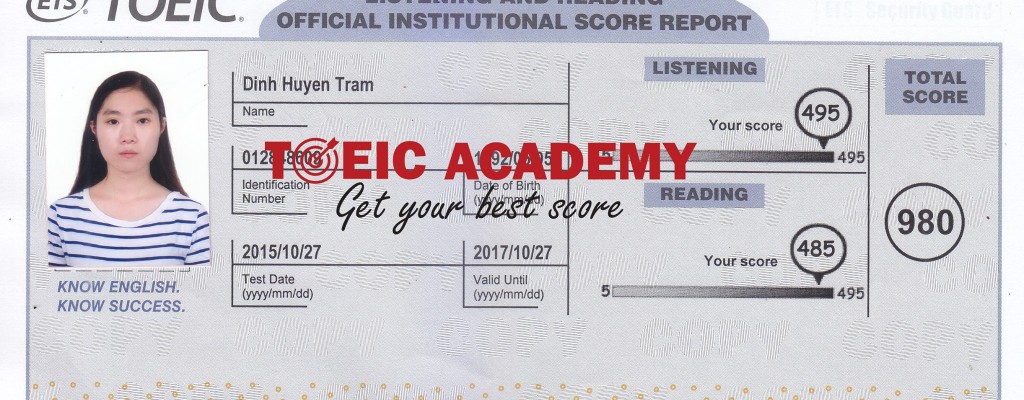
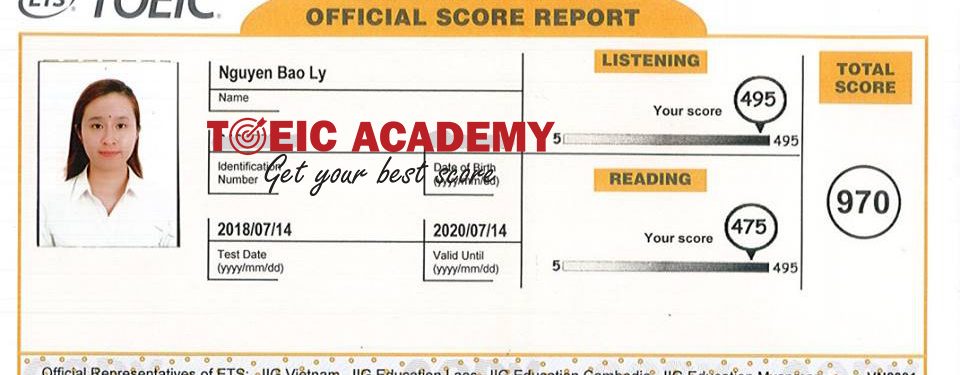
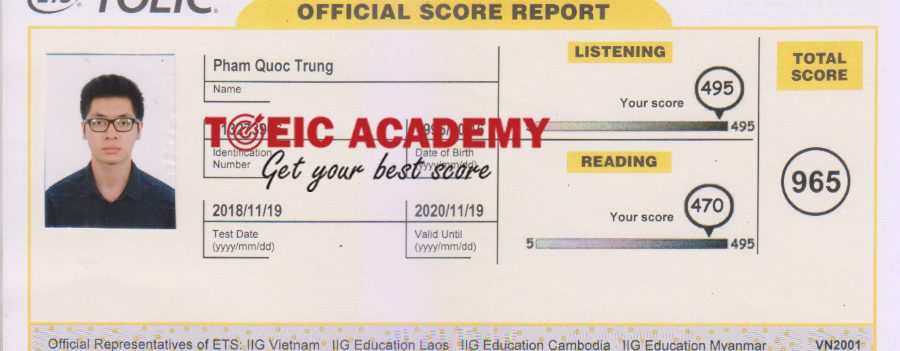
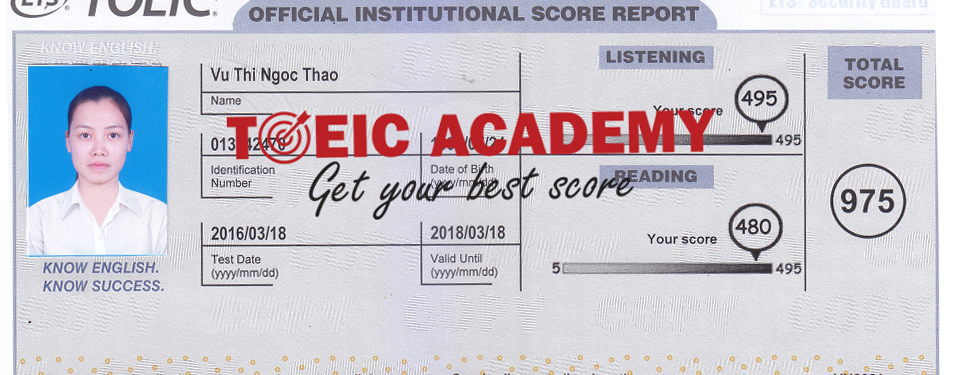
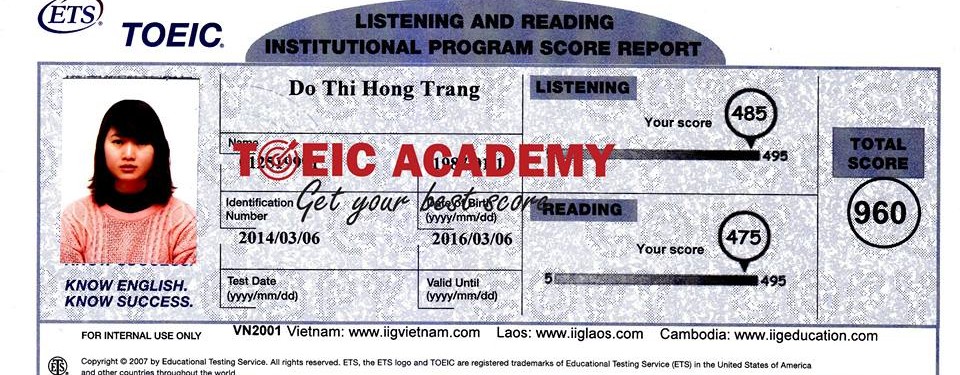
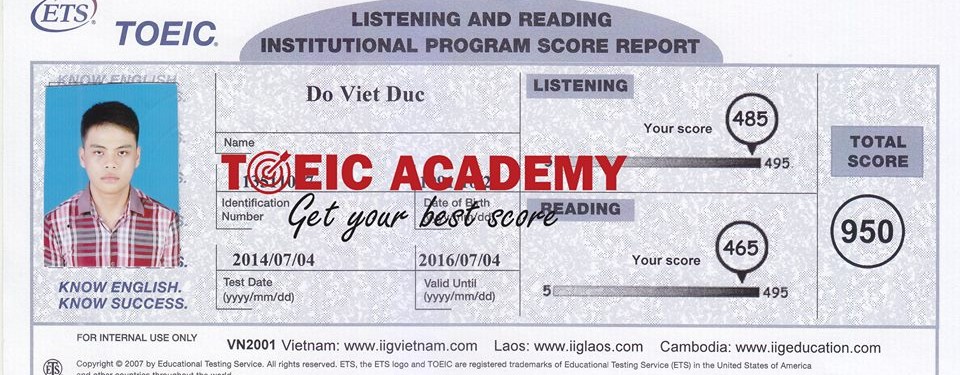
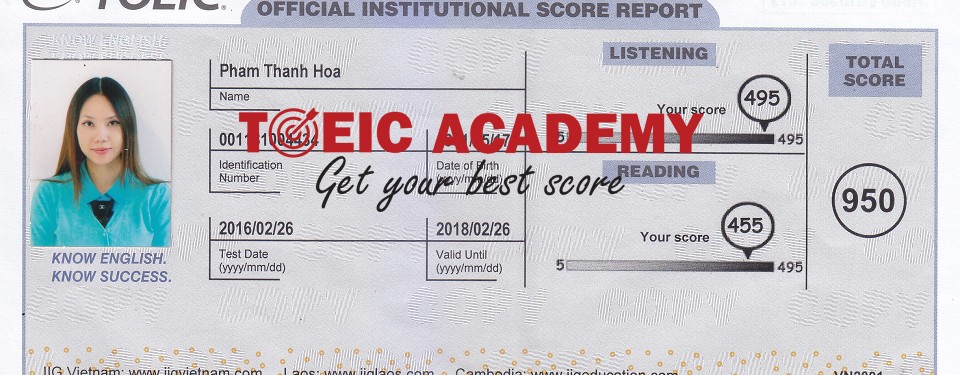
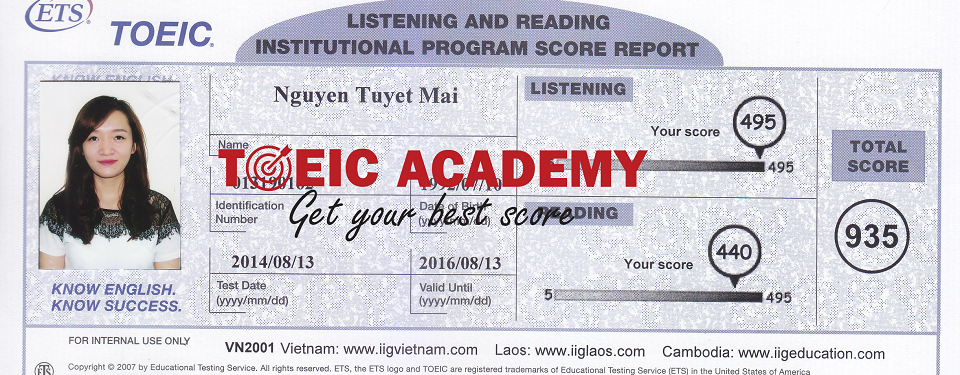
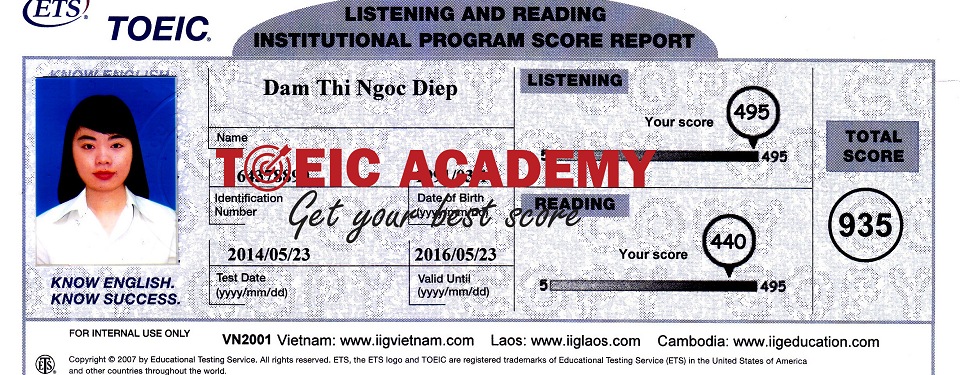
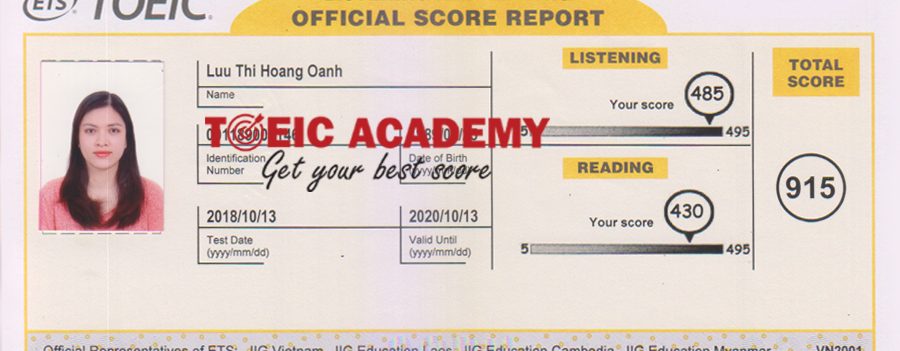























 Tháng Hai 11th, 2025
Tháng Hai 11th, 2025  Vui Nguyễn
Vui Nguyễn 
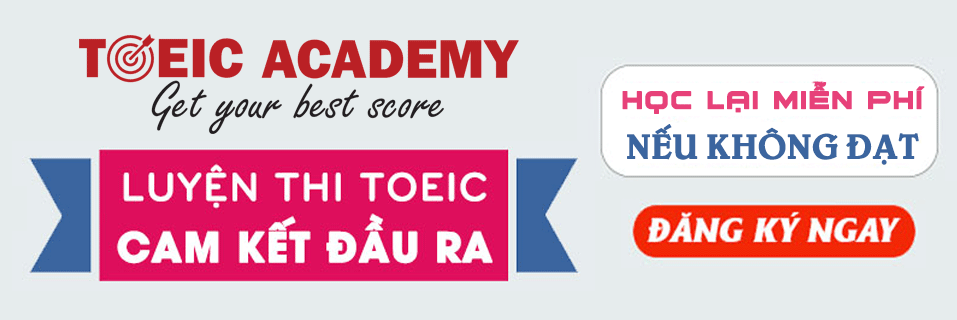
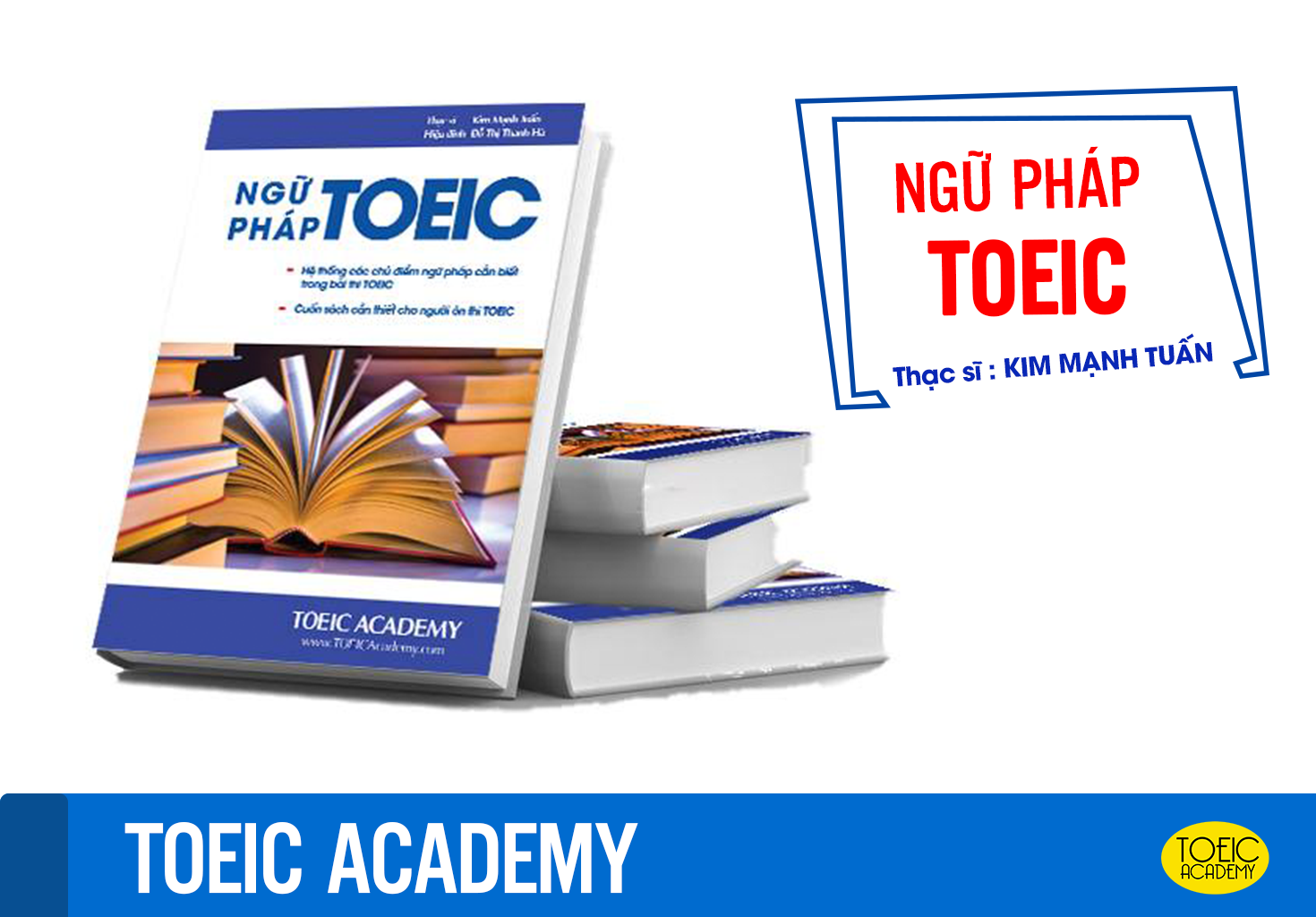

 Posted in
Posted in 





















Comments